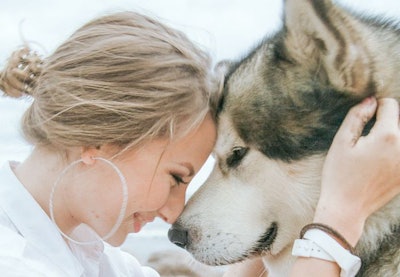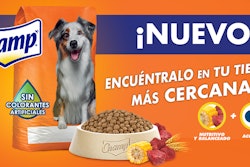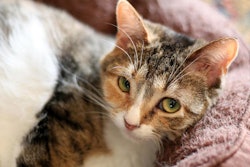
It’s become common knowledge that more people worldwide have adopted pets over the past 12-14 months, seeking to add furry family members and sources of comfort during a once-in-a-lifetime crisis that forced most of us to stay home for extended periods. Besides the types and numbers of pets adopted, new data is shedding light on exactly who has been adding more pets to their households.
Globally, the overall rate of growth in dog and cat population increased only slightly more in 2020 compared to the annual rate for the previous 12 years: about 3.5% in 2020 versus 3.25% from 2008 to 2019. That’s according to Jared Koerten, head of pet care research for Euromonitor International, who presented the data during a webinar, “The pet food market: 2020 update and 2021 projections and trends,” on April 14, 2021.
Yet, as Koerten showed, pet food volume increased much more in 2020, by more than 5%. What explains the difference? As he put it: “More pets … in the right places.”
Pet adoptions rose mainly in developed markets
By “right,” Koerten seemed to mean the places most poised for sales growth in the unique year of 2020—overwhelmingly, developed pet food markets. In the previous five years, emerging markets, especially Asia-Pacific (driven by China), had soared in dog and cat population growth; in 2020, those regions’ growth slowed dramatically, with the exception of Latin America. Instead, the regions seeing higher levels of pet population growth included North America, Western Europe and Australia.
These are the exact same markets where commercial pet food consumption are the highest, reaching levels up to 80% or 90%. On the other hand, in developing regions, commercial pet food consumption is typically below 50%, even as low as below 30% in Asia-Pacific. Those happen to be some of the same regions that did not follow the global pattern of adding pets; rather, some saw levels of pet abandonment rise, Koerten said.
This “pivot to developed markets,” as he called it, also applies to spending on pets, which is historically higher in regions like North America and Western Europe (just over or under US$200 on average) and Australasia (more than US$250 on average). In developing regions, averages in pet care spending hover around US$50.
Premium pet food sales saw strongest growth
Regardless of a region’s status on the developing vs. developed scale, pet ownership increased mainly in more affluent households in 2020. Looking at the change in pet ownership from 2019 to 2020 by household income, Koerten shared data for five countries—U.S., Germany, China, Brazil and Australia—showing that ownership increased primarily in households with incomes above US$80,000 per year. In some countries, it was only in households above US$100,000 or US$150,000.
(Interestingly, in Australia, the largest changes in pet ownership in 2020 happened in households with incomes of US$61,000-80,000 and US$81,000-100,000; ownership declined in households above those income levels, in addition to the ones below.)
Thus, not surprisingly, the sales for the premium pet food segment worldwide increased the most in 2020, up to about 9%, Koerten said—though the economy and mid-priced segments also saw healthy growth at 7-8%.


















